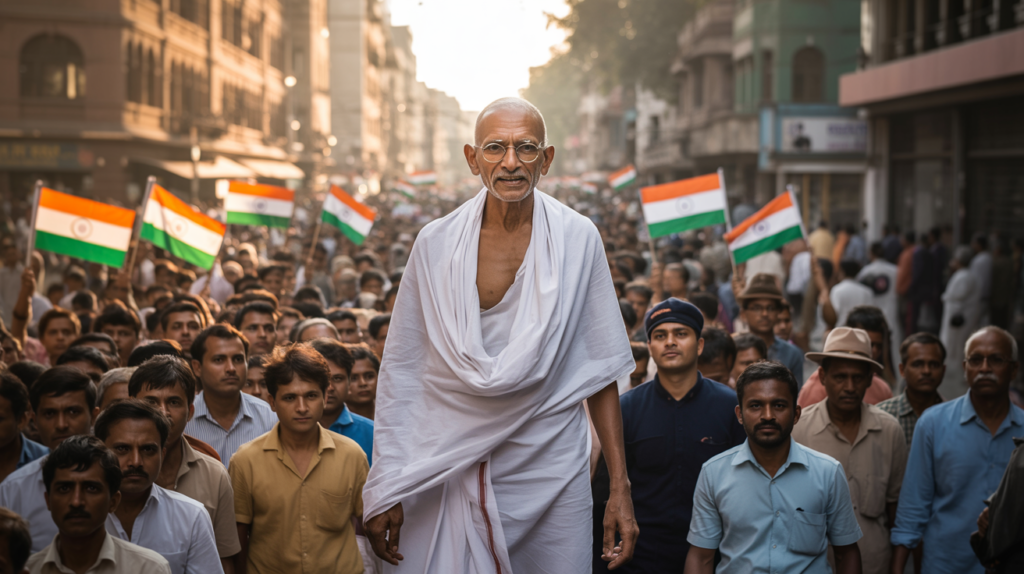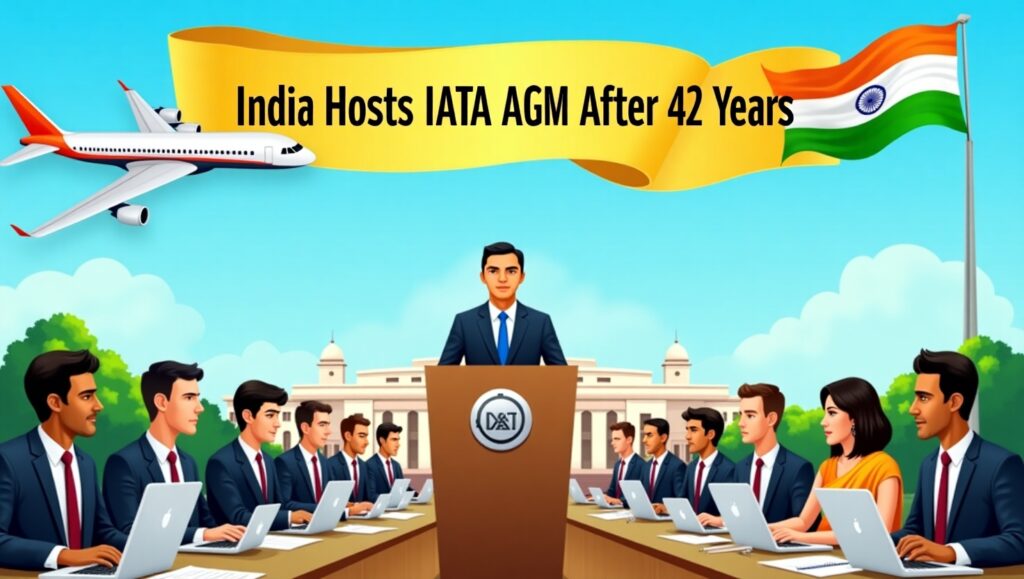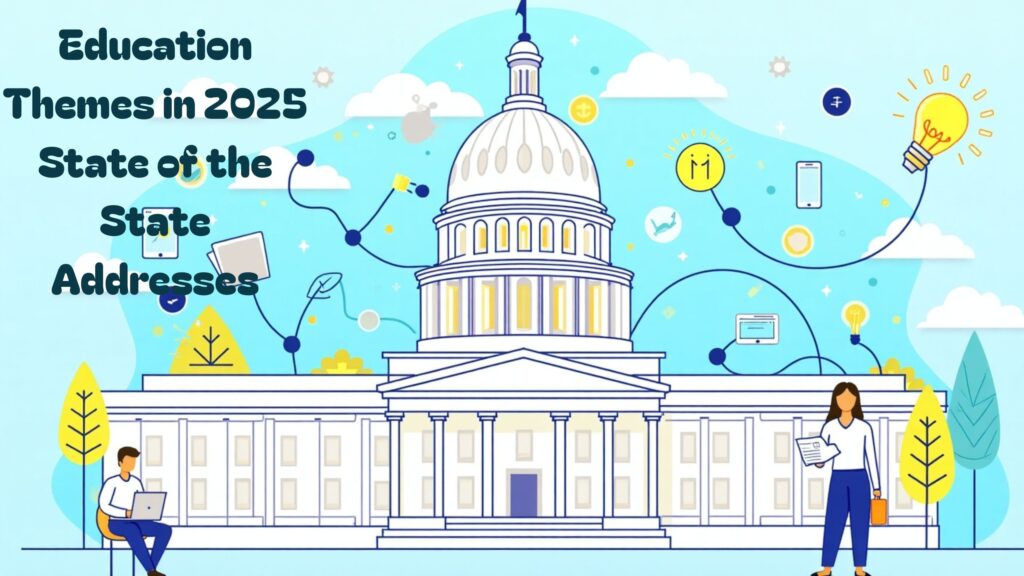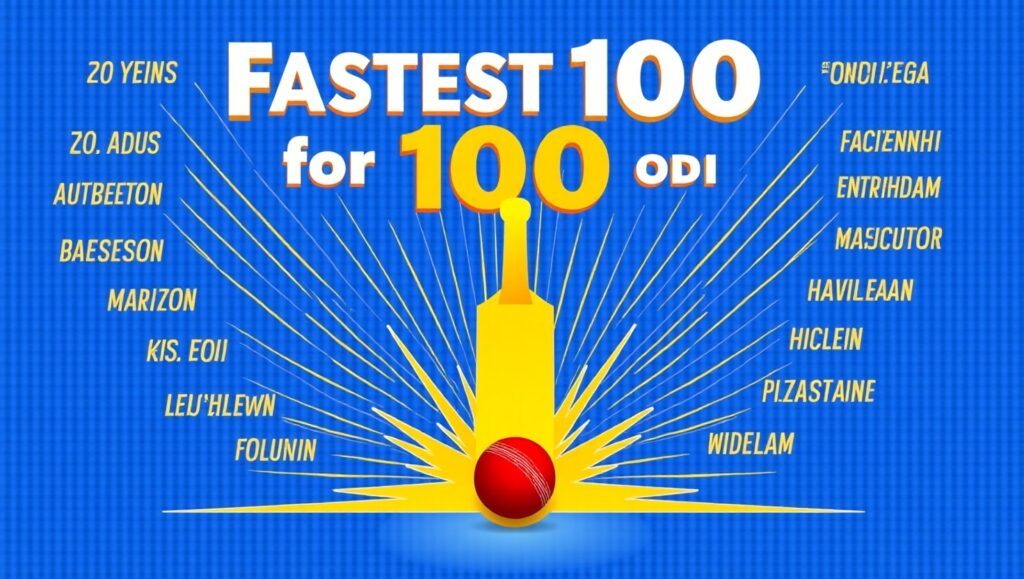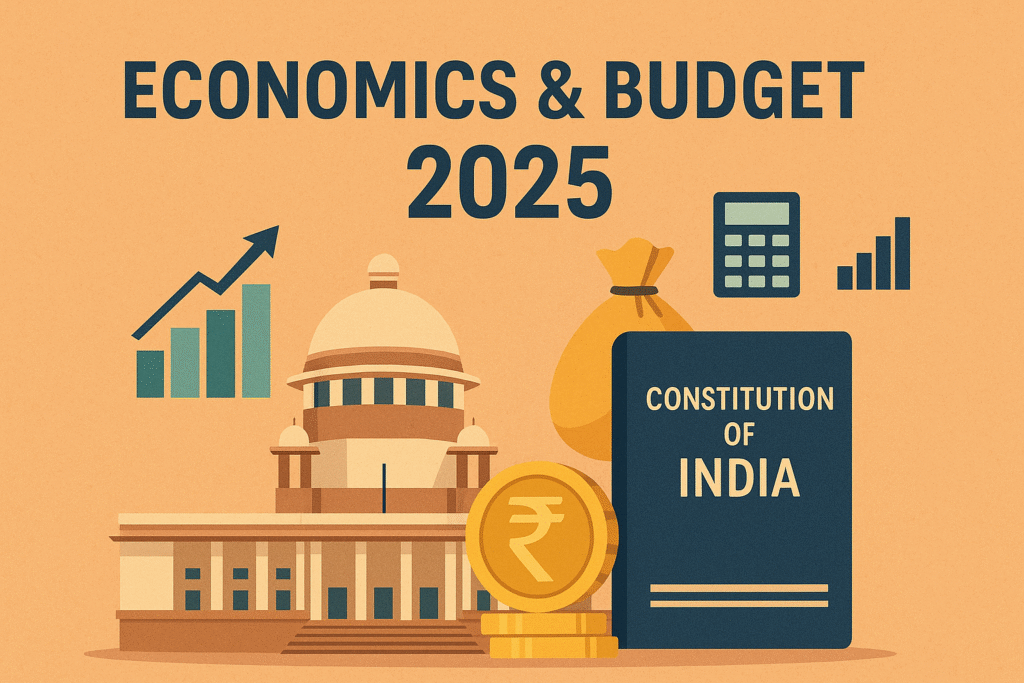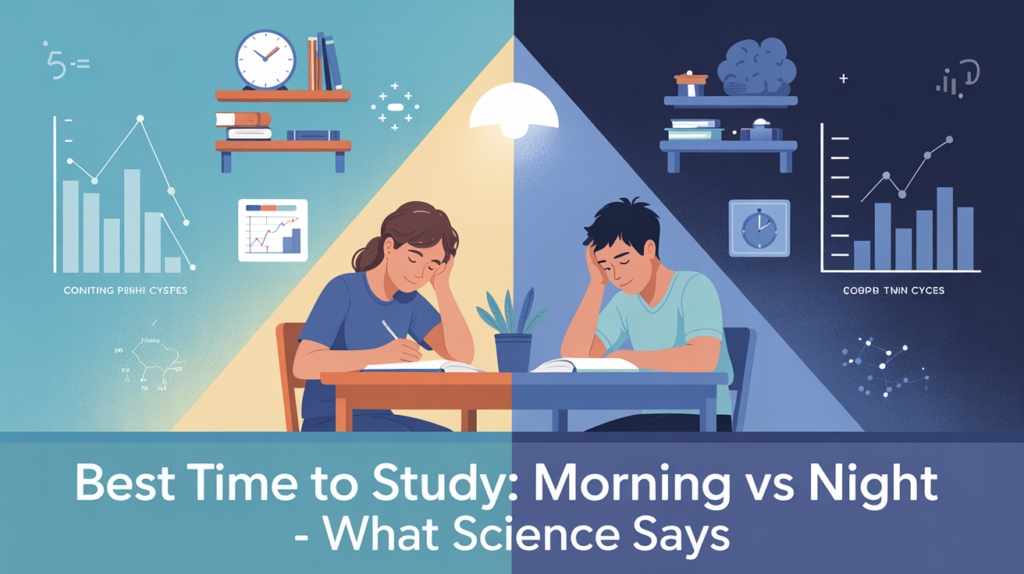Ancient Indian History MCQs with Answers and Explanations for UPSC Aspirants
“Ancient Indian History MCQs with answers and explanations for UPSC” Ancient Indian History MCQs with answers and explanations for UPSC Aspirants are an essential resource for aspirants preparing for competitive exams like UPSC Civil Services, SSC CGL, CDS, and State PSCs. Ancient Indian history covers the earliest civilizations, dynasties, religious developments, and cultural evolution that shaped the Indian subcontinent. Ancient Indian History MCQs with answers and explanations for UPSC Aspirants This section includes 50 well-curated multiple-choice questions designed to test and strengthen your knowledge of key topics such as the Indus Valley Civilization, Vedic Age, Mauryan and Gupta Empires, Buddhism and Jainism, and more. Each question is followed by a clear and concise explanation to help you understand the concept thoroughly. Whether you’re revising or practicing for prelims, these MCQs provide a quick yet comprehensive revision of ancient Indian history. Ancient Indian History MCQs – 50 Questions with Answers and Explanations Ancient Indian History MCQs with answers and explanations for UPSC Aspirants This section includes 50 well-curated multiple-choice questions designed to test and strengthen your knowledge of key topics such as the Indus Valley Civilization, Vedic Age, Mauryan and Gupta Empires, Buddhism and Jainism, and more. Ancient Indian History MCQs with answers and explanations for UPSC Aspirants come with detailed explanations, ensuring that every answer contributes to deeper understanding—not just rote memorization. 1. Who is known as the founder of the Maurya Empire? A. Ashoka B. Chandragupta Maurya C. Bindusara D. Bimbisara ✅ Answer: B. Chandragupta Maurya Explanation: Chandragupta Maurya founded the Maurya Empire in 321 BCE with the help of Chanakya. 2. The Harappan civilization was discovered in which year? A. 1921 B. 1935 C. 1911 D. 1947 ✅ Answer: A. 1921 Explanation: The Harappan Civilization was discovered in 1921 by Daya Ram Sahni in Punjab (now in Pakistan). 3. The Vedas are written in which language? A. Prakrit B. Pali C. Sanskrit D. Hindi ✅ Answer: C. Sanskrit Explanation: The Vedas, the oldest sacred texts of Hinduism, are composed in Vedic Sanskrit. 4. The Great Bath has been discovered from which Harappan site? A. Mohenjo-Daro B. Harappa C. Lothal D. Kalibangan ✅ Answer: A. Mohenjo-Daro Explanation: The Great Bath, a significant public structure, was discovered in Mohenjo-Daro. 5. Which ruler is associated with the spread of Jainism in Karnataka? A. Ashoka B. Kharavela C. Chandragupta Maurya D. Harsha ✅ Answer: C. Chandragupta Maurya Explanation: Chandragupta Maurya is believed to have embraced Jainism and migrated to Shravanabelagola in Karnataka. 6. Which is the earliest known civilization in India? A. Vedic Civilization B. Indus Valley Civilization C. Mauryan Empire D. Gupta Empire ✅ Answer: B. Indus Valley Civilization Explanation: The Indus Valley Civilization is considered the earliest urban civilization in the Indian subcontinent. 7. Who was the author of Arthashastra? A. Megasthenes B. Kautilya (Chanakya) C. Kalidasa D. Banabhatta ✅ Answer: B. Kautilya (Chanakya) Explanation: Arthashastra is an ancient Indian treatise on statecraft, economics, and military strategy authored by Kautilya. 8. Which of the following was a port city of the Indus Valley Civilization? A. Kalibangan B. Banawali C. Lothal D. Dholavira ✅ Answer: C. Lothal Explanation: Lothal, located in present-day Gujarat, was a significant port city of the Indus Valley Civilization. 9. Who was the last ruler of the Mauryan dynasty? A. Ashoka B. Bindusara C. Brihadratha D. Dasaratha ✅ Answer: C. Brihadratha Explanation: Brihadratha was killed by his commander-in-chief, Pushyamitra Shunga, marking the end of the Maurya dynasty. 10. The Rigveda is primarily a collection of? A. Stories B. Philosophical discourses C. Hymns D. Laws ✅ Answer: C. Hymns Explanation: The Rigveda contains over 1,000 hymns dedicated to various Vedic deities. 11. The term ‘Veda’ means? A. Knowledge B. Truth C. Wisdom D. Power ✅ Answer: A. Knowledge Explanation: ‘Veda’ is derived from the Sanskrit root ‘vid’ meaning knowledge. 12. Who was the first ruler to unify most of the Indian subcontinent? A. Ashoka B. Harshavardhana C. Chandragupta Maurya D. Samudragupta ✅ Answer: C. Chandragupta Maurya Explanation: Under the Mauryan Empire, most of the Indian subcontinent was unified for the first time. 13. Megasthenes was a Greek ambassador to the court of? A. Ashoka B. Harshavardhana C. Chandragupta Maurya D. Samudragupta ✅ Answer: C. Chandragupta Maurya Explanation: Megasthenes visited India during the reign of Chandragupta Maurya and wrote ‘Indica’. 14. The famous university of ancient India ‘Nalanda’ was located in which state? A. Bihar B. Odisha C. Madhya Pradesh D. Uttar Pradesh ✅ Answer: A. Bihar Explanation: Nalanda University was a renowned centre of learning in ancient Bihar. 15. The Gupta period is often referred to as the? A. Iron Age of India B. Bronze Age of India C. Golden Age of India D. Dark Age of India ✅ Answer: C. Golden Age of India Explanation: The Gupta period witnessed major achievements in science, literature, and arts. 16. Who was the author of the Sanskrit epic ‘Ramayana’? A. Valmiki B. Ved Vyasa C. Kalidasa D. Tulsidas ✅ Answer: A. Valmiki Explanation: Valmiki is traditionally regarded as the author of the ancient Indian epic Ramayana. 17. Which Gupta ruler is known for his military conquests and the title ‘Indian Napoleon’? A. Chandragupta I B. Skandagupta C. Samudragupta D. Kumaragupta ✅ Answer: C. Samudragupta Explanation: Samudragupta’s extensive conquests earned him the title of the ‘Napoleon of India’. 18. The famous ancient university of Takshashila was located in which modern country? A. India B. Afghanistan C. Pakistan D. Nepal ✅ Answer: C. Pakistan Explanation: The ancient university of Takshashila is located in modern-day Pakistan. 19. The Ajanta Caves are mainly known for? A. Sculptures B. Paintings C. Architecture D. Stupas ✅ Answer: B. Paintings Explanation: The Ajanta Caves are famous for their magnificent murals and Buddhist paintings. 20. Who among the following was the founder of Buddhism? A. Mahavira B. Nagarjuna C. Gautama Buddha D. Asanga ✅ Answer: C. Gautama Buddha Explanation: Siddhartha Gautama, known as the Buddha, founded Buddhism in the 6th century BCE. 21. The rock-cut temples of Mahabalipuram were built under which dynasty? A. Maurya B. Chola C. Gupta

